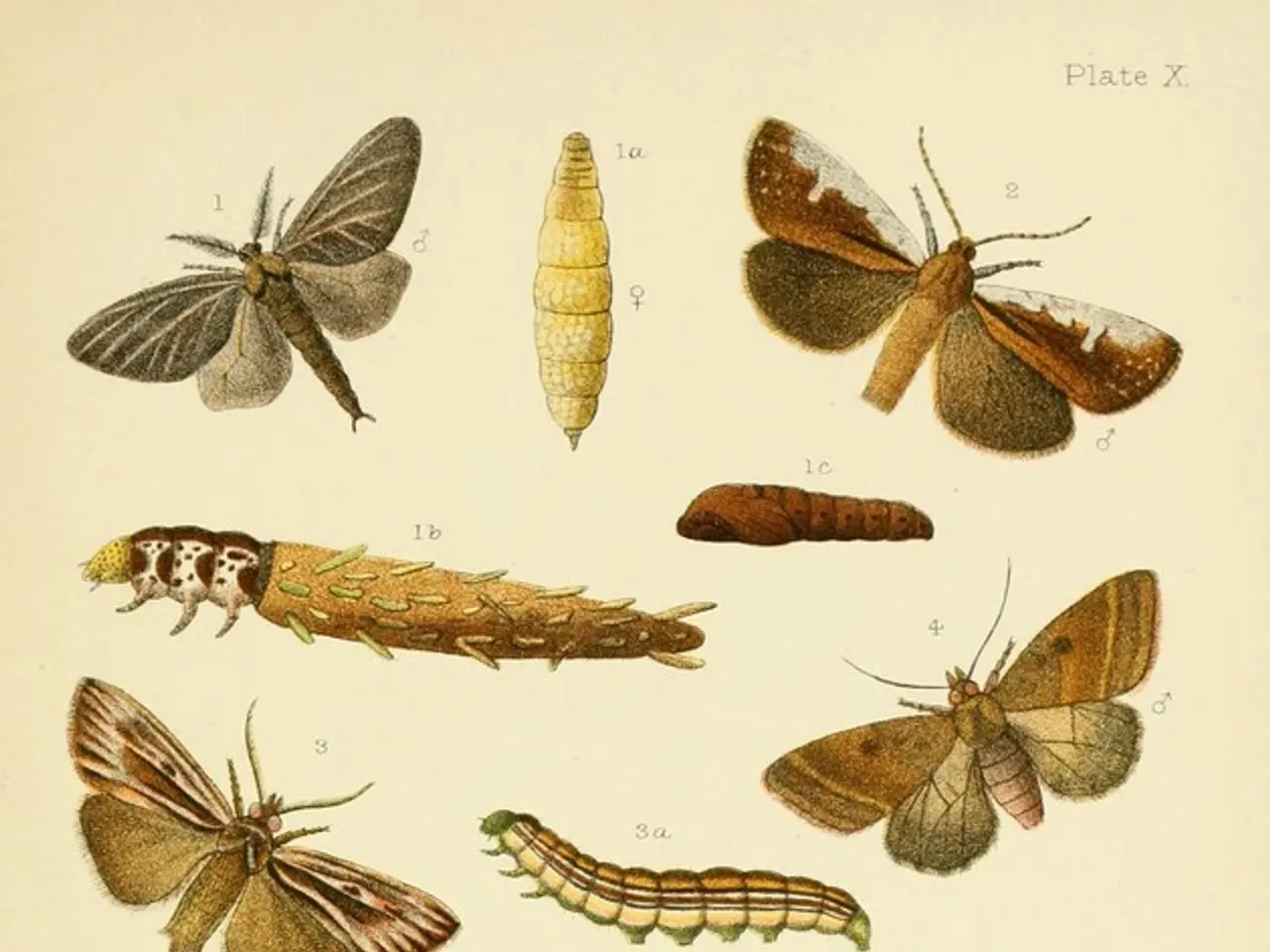Cellular Division and Genetic Integrity Guaranteed by Mitosis Process
In the intricate process of cell division, two key structures - the centromere and the kinetochore - play a crucial role in ensuring the faithful separation of chromosomes.
The centromere is a specific region on a chromosome that holds the two sister chromatids together and serves as the foundation for kinetochore assembly. Its primary role during cell division is to ensure accurate chromosome segregation by providing a site for kinetochore formation and microtubule attachment[1][3][4].
The kinetochore is a protein complex that assembles on the centromere during cell division. It acts as the physical interface between the chromosome and spindle microtubules. The kinetochore attaches chromosomes to spindle fibers, ensuring stable and accurate movement of sister chromatids toward opposite poles during anaphase. It functions like a "traffic controller," managing the chromosome's attachment to the spindle and signaling that all chromosomes are properly aligned before the cell proceeds to segregation[1][2][3].
During cell division, each chromosome replicates itself, creating identical copies called sister chromatids. The kinetochore is a complex structure that sits at the heart of a chromosome's centromere, serving as a docking station for spindle fibers. The spindle fibers attach to the centromere of each sister chromatid and tug on them, pulling them towards opposite ends of the cell[2][3].
Microtubules, cylindrical polymers made up of tubulin proteins, assemble into a bipolar structure called the spindle apparatus during cell division. They play a crucial role in the segregation of chromosomes, providing the force necessary to pull the sister chromatids apart[4].
The karyoplasm, the jelly-like substance that fills the nucleus, is a hub of cellular activity, containing chromatin, water, ions, proteins, and nucleic acids. The nuclear matrix, a meshwork of proteins within karyoplasm, provides support and organization to the nucleus, helps anchor chromatin in place, and plays a role in regulating gene expression[5].
In summary, the centromere and kinetochore work together to ensure faithful chromosome separation during cell division. The centromere provides the DNA region necessary for kinetochore formation, and the kinetochore facilitates microtubule binding and chromosome movement, making them both essential for accurate chromosome segregation[3][4]. This coordinated action is critical for genome stability and successful cell division[4].
References: 1. https://www.ncbi.nlm.nih.gov/books/NBK98531/ 2. https://www.karger.com/Article/Abstract/438194 3. https://www.ncbi.nlm.nih.gov/books/NBK26864/ 4. https://www.nature.com/scitable/topicpage/mitosis-and-meiosis-14380333/ 5. https://www.nature.com/scitable/topicpage/nuclear-matrix-14361763/
In the realms of health-and-wellness, understanding the science behind chromosome separation during cell division can shed light on the mechanisms that promote genome stability, a fundamental aspect of life. The centromere, a key structural component on a chromosome, collaborates with the medical-conditions-related kinetochore to ensure accurate chromosome segregation, contributing to the maintenance of overall health and well-being [3][4].




